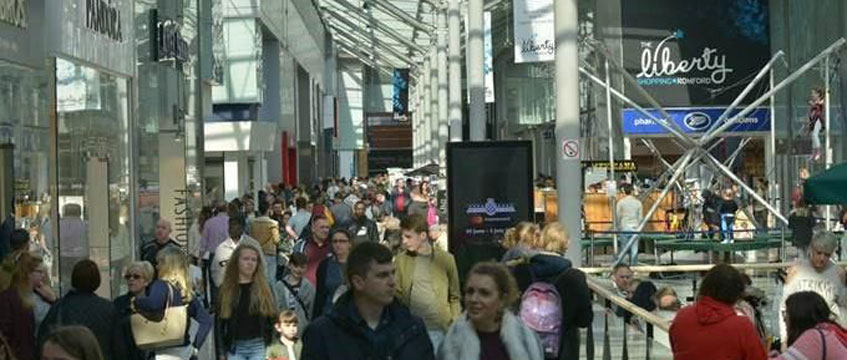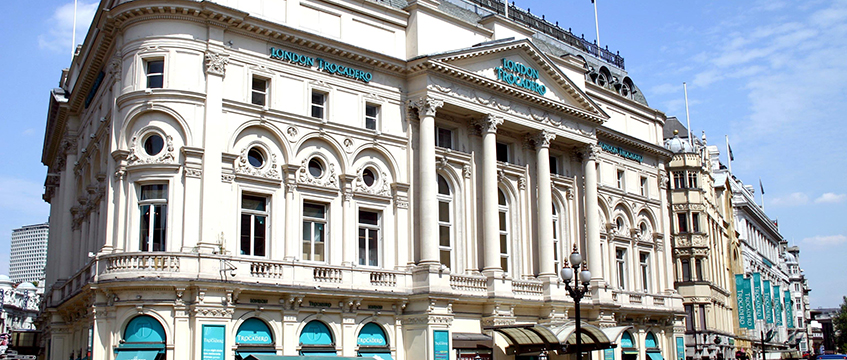Norman Bowie
It is now clear that the great bull market in investment property came to a sudden end in the closing weeks of 1973. Finished were the days when values rose faster than the cost of money, virtually any property found a tenant, and investors of all sorts were tumbling over themselves in the stampede to buy and banks to lend, thus forcing yields down to historically low levels across the whole spectrum.
The crevasse style of market collapse in 1974-75 and the subsequent recovery created a secondary bull market, which misled many operators to believe that the good old days were here again. New money invested performed well, and survivors of the crash breathed freely again as share prices rose and yields fell.
And a new generation of active property people arrived — some innovative, but others following the old style on the basis that property is a long-term investment and a hedge against inflation.
The recession of 1980 onwards, with its rising unemployment and interest rates, raised the question of “how long is the long term?” The advent of the Thatcher Government had been welcomed by the world of property, but few understood what its fundamental policies would do to the marketplace. Within a short space of time a tenant’s market had arrived. The interest of the consumer — who has the vote in his pocket — was a dominant theme of Government policy in every field. Deregulation, freedom of choice, and stability of prices are central to the thrust of Thatcherism.
More than ever it is now time to listen to what the market is saying, and not to what people are saying about the market. World commodity prices have fallen over the past year and with the dramatic collapse of the oil price they are having a deflationary impact, assisted by a high real interest rate.
Institutional investors have chosen to increase their investment in fixed-interest securities and equities — both at home and abroad — at the expense of property. This shift of emphasis can be expected to continue. Equities are underpinned by actual and expected rising profits, while gilts, after their heyday in 1982, already look set for a high total return in 1986. Interest rates are falling all over the world — the long-term bond rate in the US is now just over 7% and the UK bond rate has come down already from 10.5% to below 9% in the last 12 months, and has further to fall. If the historic high real rate of return falls to the norm of 3% and inflation, as predicted, does indeed fall to 3.5% or less by the year-end, fixed interest rates could be down to 6.5% or 7%. The day of the long-term fixed mortgage could be back.
There is a world-wide movement into financial assets. Property companies have had no difficulty in placing some £500m of debentures in recent months, but the shrewder ones have waited and are probably now in the queue — who will be the first to break the 9.5% coupon barrier?
Property trailing
Property as an investment has underperformed the other markets. Already this year the rise in equities and fall in gilt yields will have left property trailing behind. The property market can only be described as a strange one. It is no longer a one-way street to a fortune. The price of property depends on two basic factors — the supply/demand ratio for space by tenants, and the supply/demand ratio for investments by investors. Property is much more akin to a commodity.
The consumer, as the tenant, is now generally king, and he is looking for quality. His choice is widening, assisted by deregulation and probable changes in the Use Classes Order.
Planning permissions are more readily available, particularly as construction helps combat unemployment.
As always, the market is responding to demand: as a generality, scarcity rents are finished, and growth will be restricted except in special locations where demand pressure is high.
The investor will be looking for a rerating of yields at the lower end of the spectrum. He has already achieved this at the higher end now that the truth of obsolescence and depreciation has prevailed so that secondhand buildings secure only secondhand values. Pension funds are building up large surpluses and employers are taking pension contribution holidays for the benefit of shareholders. The new money for investment may well be less. Developers with falling fixed-interest rates will no longer need to trade or part with most of the equity in new projects.
The scene may even be set for a fall in land prices in high-value areas. The City of London market has a bearish outlook for the investor and the wise ones are probably out of the market by now. In real terms 1973 saw an all-time high which may not be seen for many a year. The City Fathers have retreated from their original stance that would have created a museum of the core. By easing plot ratios they have released considerable potential for new modern floorspace, perhaps to be boosted by tower blocks to the east.
Developers are already active, and once again the famine is leading to a feast. Over the next few years rents look, at the best, to be more or less stable and the tenant with a five-year break could have the last laugh. Lenders with non-recourse loans may have to take a second look at their securities.
The innovative and shrewd investor and his adviser, understanding what the market is saying, will find plenty of opportunities and outlets for profitable use of funds.
The City revolution on financial services opens with the Big Bang, when everybody will take in everybody’s washing — will it come out detergent white or slightly grey? There is a quiet revolution going on in the property markets, and my thoughts on various aspects of this revolution will follow in these columns from time to time.









